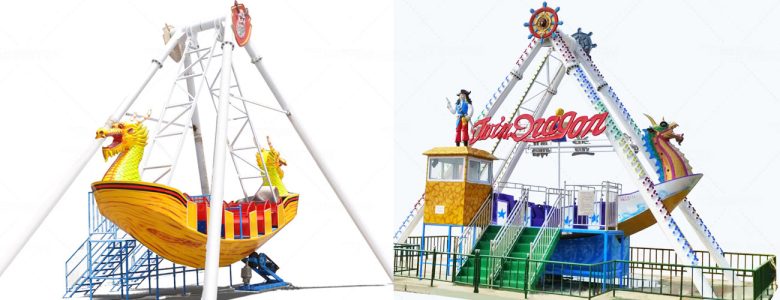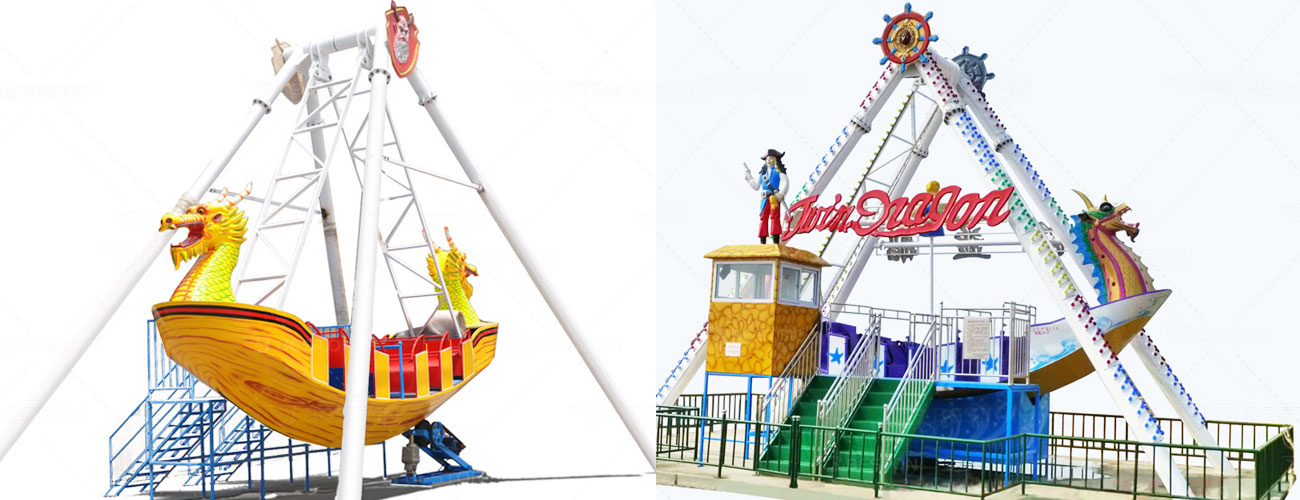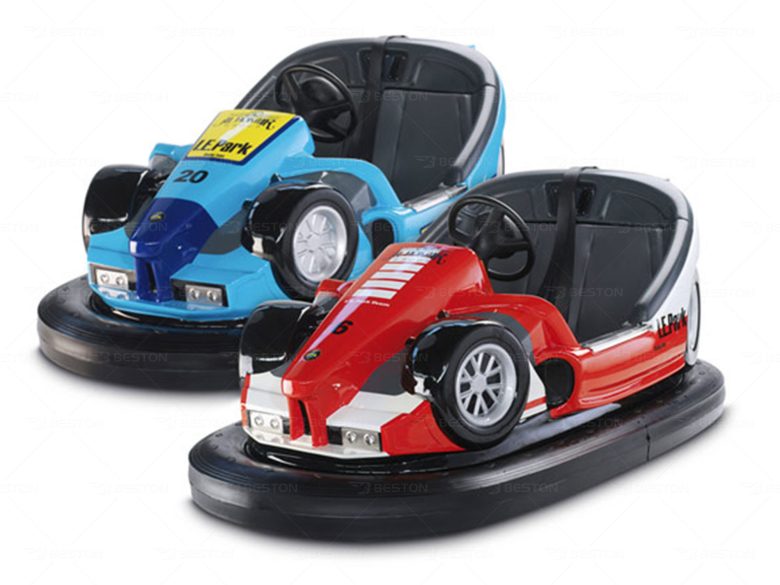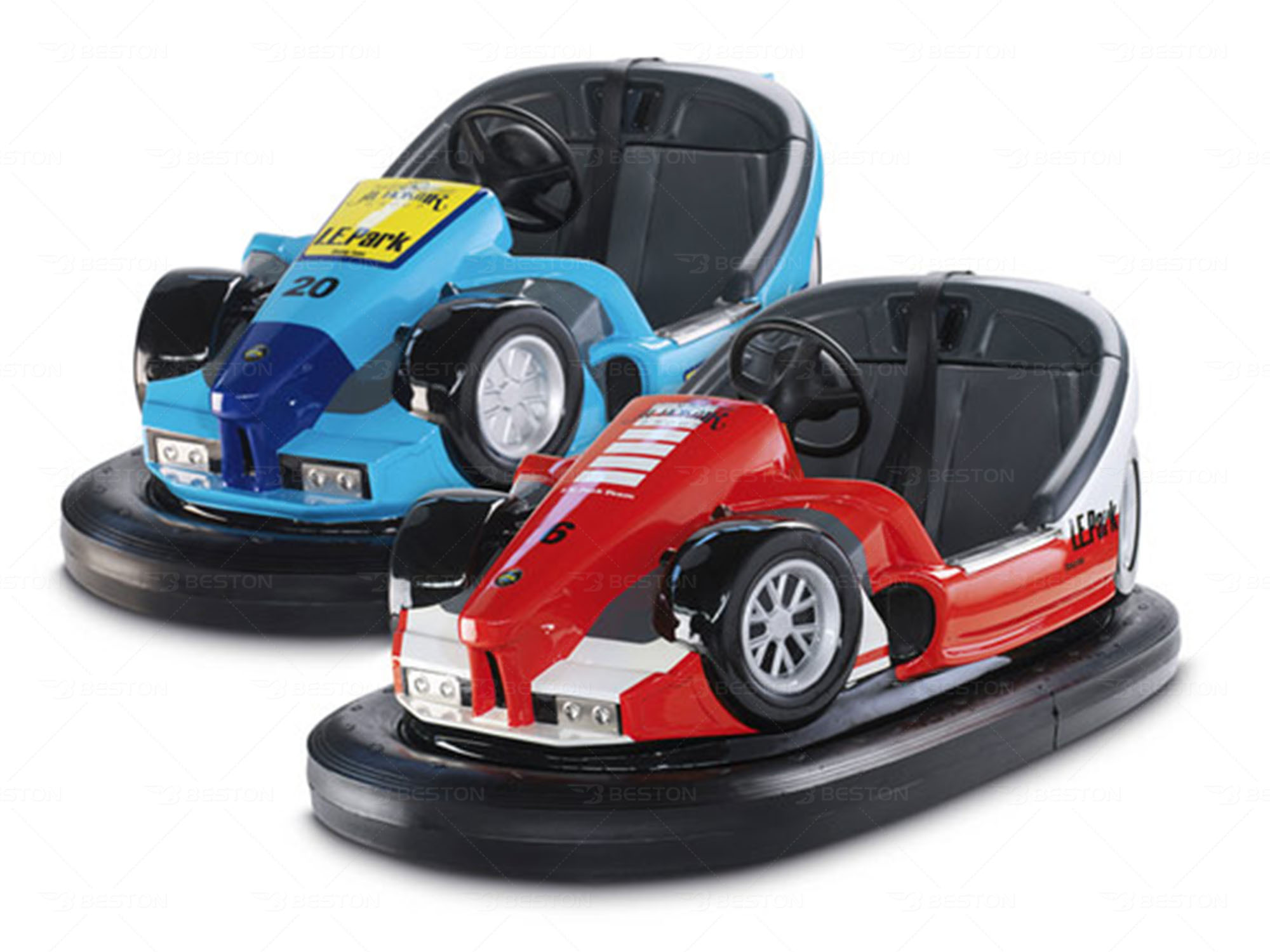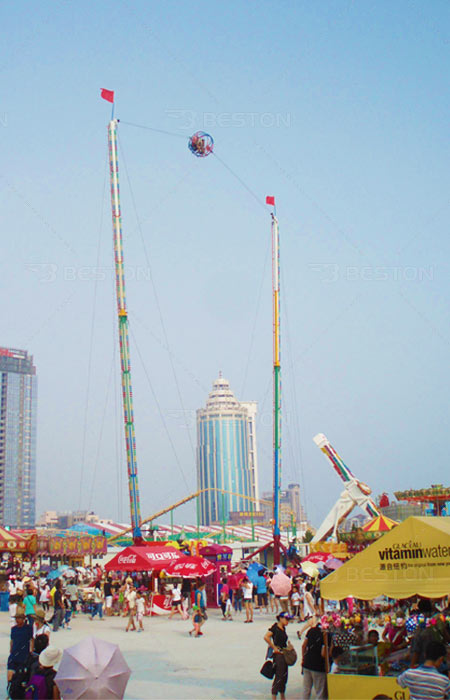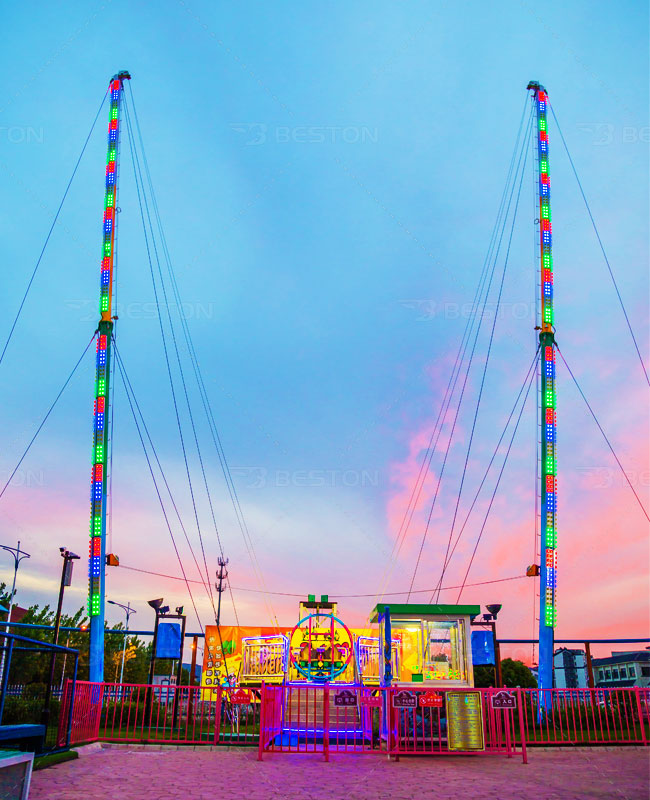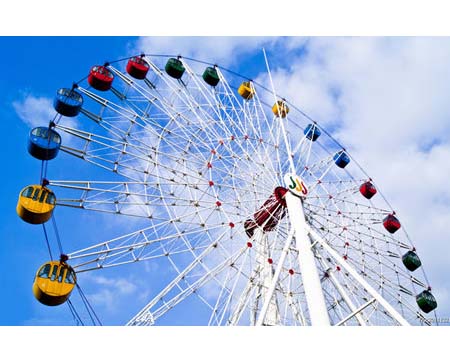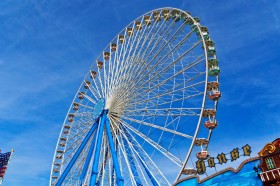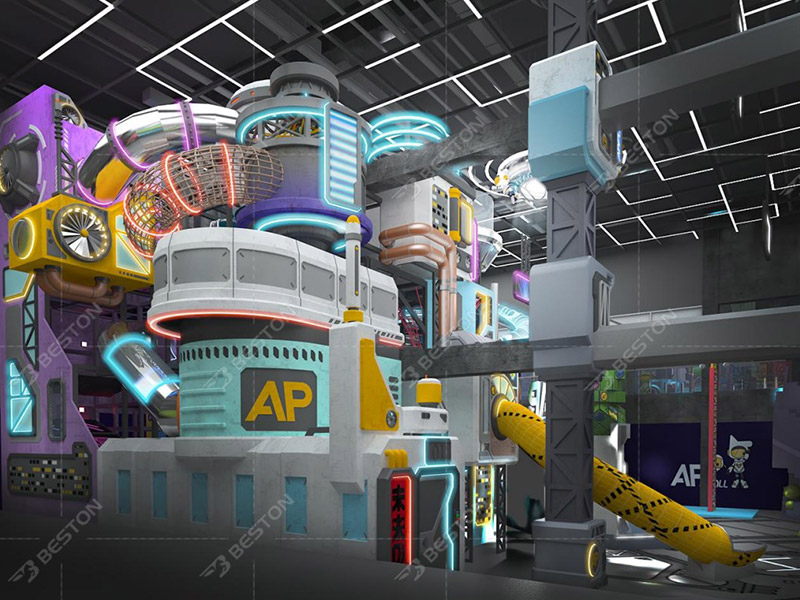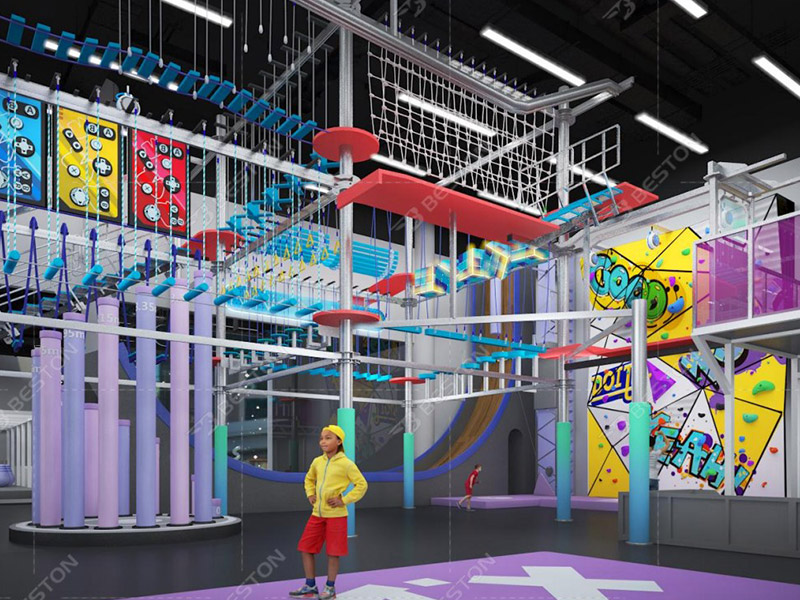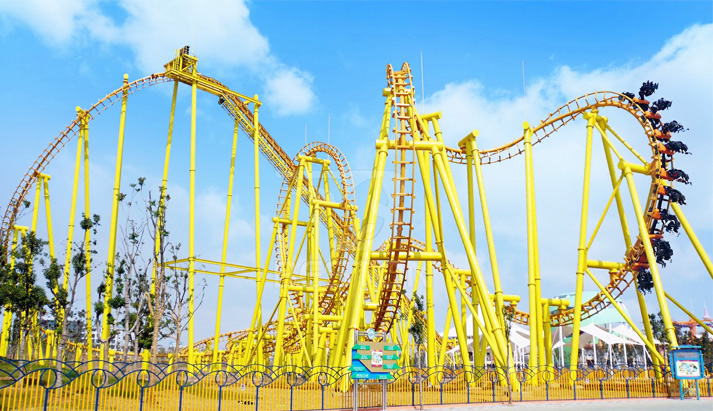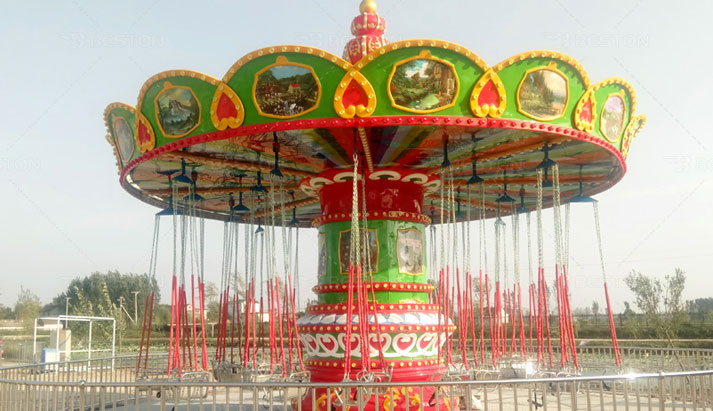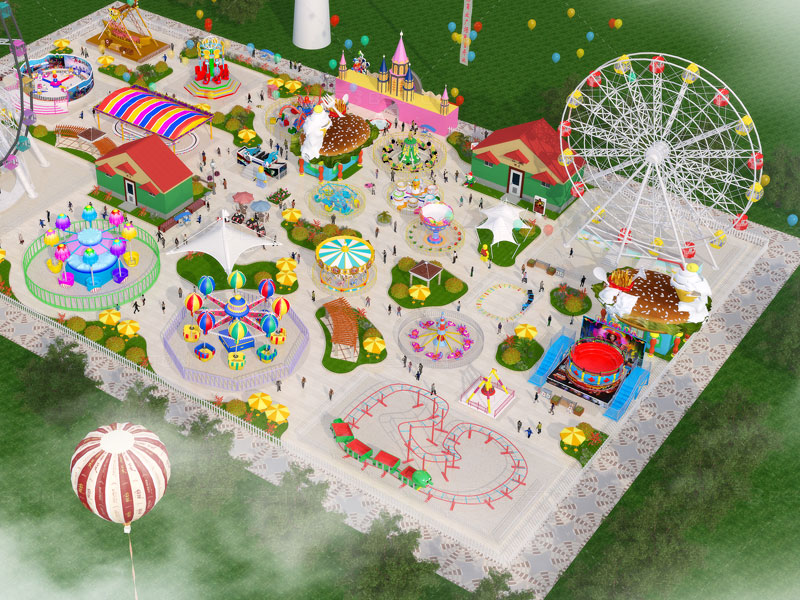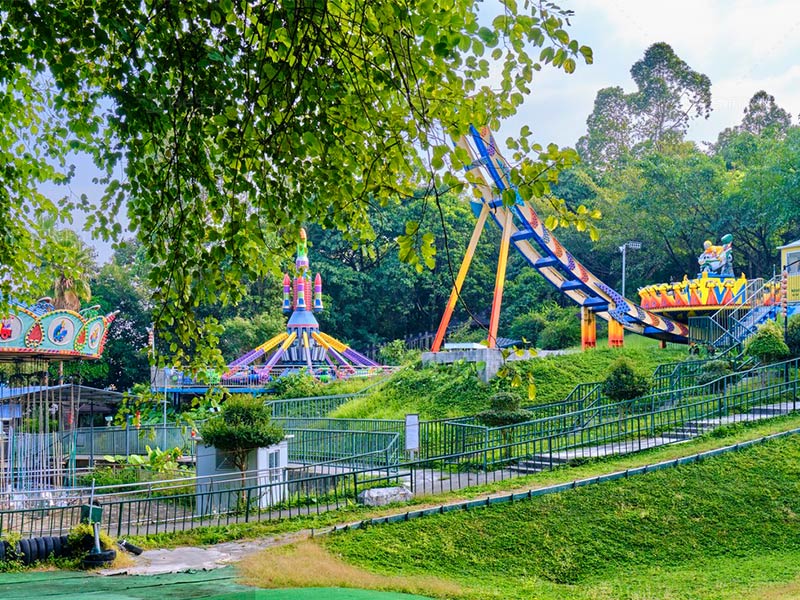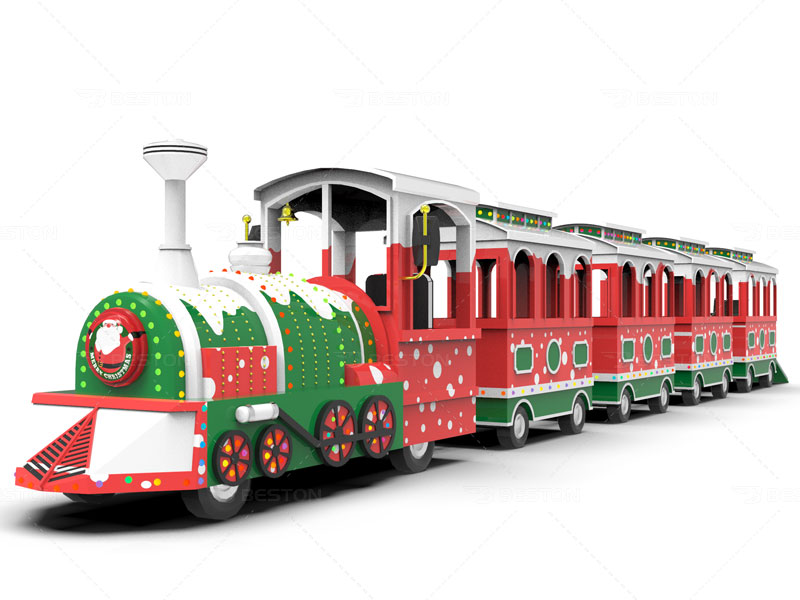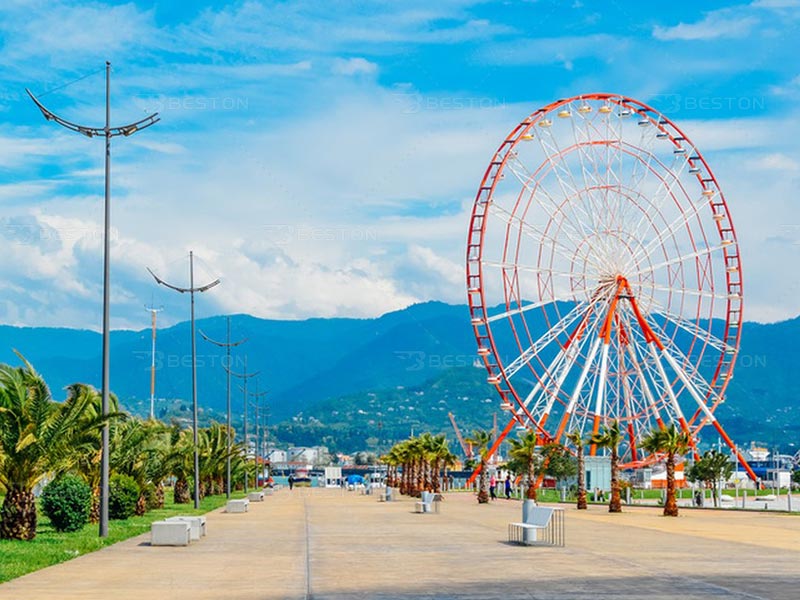In the modern amusement industry, customer satisfaction is no longer an afterthought—it is a strategic imperative. With visitor expectations rising and competition intensifying, facilities must adopt multidimensional approaches to deliver consistently gratifying experiences. From ride selection and layout planning to digital integration and post-visit engagement, every touchpoint contributes to brand perception and guest loyalty.
Diversification of Ride Offerings and Experience Design
Variety plays a pivotal role in satisfaction metrics. Guests today demand not only thrill but also personalization and thematic cohesion. High-altitude thrill attractions like the swing tower provide visual drama and adrenaline rush, especially when incorporated into panoramic park layouts. When strategically placed at visual anchors or near entry points, such structures offer immediate sensory appeal and set the tone for the entire visit.
To sustain satisfaction across diverse age groups, parks must strike a balance between high-intensity rides and family-friendly zones. Introducing interactive elements, such as augmented reality overlays or gamified queue lines, enhances engagement and mitigates perceived wait times. Multi-sensory theming and dynamic storytelling ensure that rides evolve from mechanical movement to memorable narratives, which resonate emotionally with guests.
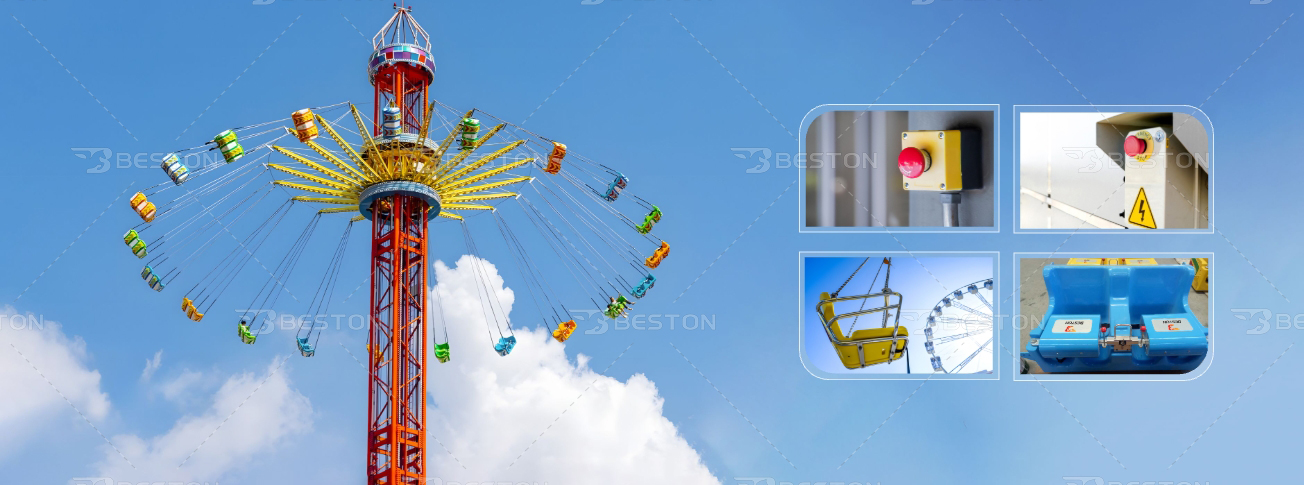
Strategic Asset Acquisition and Ride Innovation
Investment in novel equipment is essential to maintain relevance. With a growing range of amusement park rides for sale, operators must conduct due diligence not only on ride mechanics but also on supplier reliability, maintenance schedules, and theming potential. Differentiation begins at the procurement stage—choosing suppliers who offer customization options and turnkey support helps ensure seamless integration with park themes and operational workflows.
Attractions like the drop tower exemplify innovation in ride engineering and spatial efficiency. Their verticality allows compact installation while delivering maximum thrill. When incorporated into unique storylines—such as a rescue escape or science-fiction launch—they become narrative experiences that are difficult to replicate elsewhere. This differentiation enhances satisfaction by creating an exclusive sense of place.
Guest-Centric Operational Management
Beyond rides, customer satisfaction hinges on operational consistency. Cleanliness, staff professionalism, digital ticketing efficiency, and multilingual support systems are foundational components. Real-time feedback tools—such as mobile apps and QR-based surveys—enable operators to identify dissatisfaction triggers and resolve them preemptively.
For example, attractions like the drop tower require specific attention to detail regarding operational readiness. Predictive maintenance systems, powered by IoT sensors, can minimize downtime and improve safety confidence among visitors. Ensuring that the drop tower is maintained in peak condition with minimal technical issues is essential for guest satisfaction, particularly for thrill-seekers who value reliability. Transparency regarding ride status, wait times, and park navigation through mobile platforms supports a sense of control and reduces friction. Personalized service, such as birthday recognition or loyalty rewards, further increases emotional connection with the brand. These operational enhancements help to ensure a seamless experience from arrival to departure, fostering greater trust and loyalty among visitors.
Theming, Storytelling, and Emotional Anchoring
The psychological experience of a ride often outweighs its mechanical characteristics. Attractions like the pirate ship amusement park ride achieve more than pendular motion when framed within a compelling visual narrative. A pirate-themed area, complete with costumed staff, themed food, and treasure hunt activities, transforms a standard ride into a full-bodied experience. These micro-worlds not only enrich dwell time but also stimulate return visits, particularly from families with young children.
Intellectual property—whether proprietary or licensed—amplifies emotional anchoring. Parks that develop their own characters, settings, and stories can implement them across rides, entertainment, and merchandise, fostering a cohesive brand universe that deepens guest loyalty.
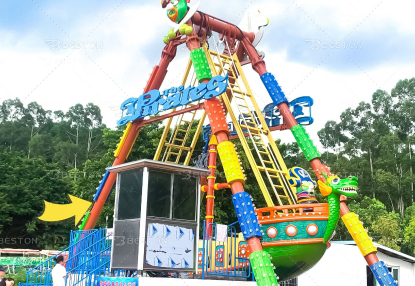
Enhancing the Post-Visit Experience
Customer satisfaction extends beyond the park gates. Effective follow-up communication—such as personalized thank-you messages, exclusive discounts, or sneak previews of upcoming attractions—sustains the emotional afterglow of the visit. Encouraging user-generated content on social platforms through hashtags, selfie zones, and digital badges cultivates a community of brand advocates.
Data analytics can track guest behaviors and preferences, enabling more relevant re-engagement campaigns. For instance, families who favored interactive zones can receive updates on new educational exhibits, while thrill-seekers might be offered early access to high-G rides.
Dynamic Pricing and Value Optimization
Pricing strategies must reflect both market conditions and perceived value. Implementing dynamic ticket pricing based on peak hours or seasonal demand can optimize attendance while preserving guest satisfaction. Bundled experiences—such as all-access wristbands, VIP queue skipping, or dining combos—create perceived value and reduce decision fatigue.
Moreover, transparency in pricing, with no hidden fees or complicated terms, builds trust. Offering multi-day passes or annual memberships with layered benefits encourages longer and more frequent visits, contributing to both satisfaction and long-term loyalty.
Staff Training and Culture of Hospitality
Frontline personnel directly shape visitor impressions. A well-trained team that is not only operationally competent but also emotionally intelligent creates a welcoming and reassuring environment. Continuous training in guest service, emergency response, and multilingual communication ensures consistent delivery of quality experiences.
Fostering a culture where employees feel valued and empowered contributes to more authentic guest interactions. Recognizing staff who go above and beyond reinforces behaviors that elevate satisfaction levels.
Continuous Improvement Through Guest Intelligence
Finally, facilities must adopt a continuous improvement mindset. Leveraging AI-driven analytics and heatmap tracking allows parks to understand traffic flow, dwell times, and underutilized assets. These insights inform layout redesigns, marketing strategies, and future investments.
Regular benchmarking against industry standards and customer satisfaction indices supports objective performance assessment. Implementing incremental improvements based on real-time guest data ensures sustained alignment with evolving expectations.
Conclusion
Customer satisfaction and loyalty are outcomes of a well-orchestrated system where ride innovation, thematic storytelling, operational precision, and emotional engagement intersect. By integrating high-impact attractions like the swing tower and drop tower with meticulous guest service and personalized outreach, amusement facilities can create compelling value propositions. Investing in guest experience not only increases retention but also positions the facility as a destination of choice in a competitive leisure landscape.



